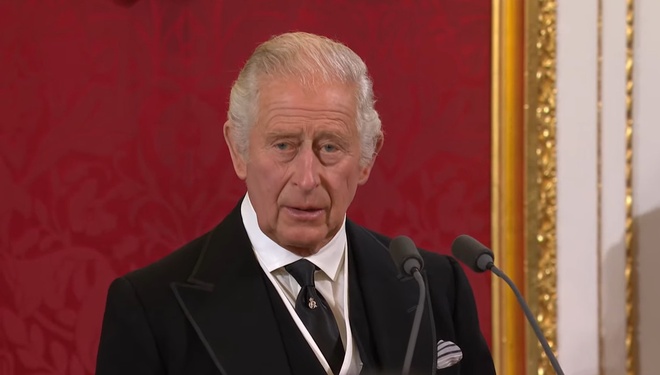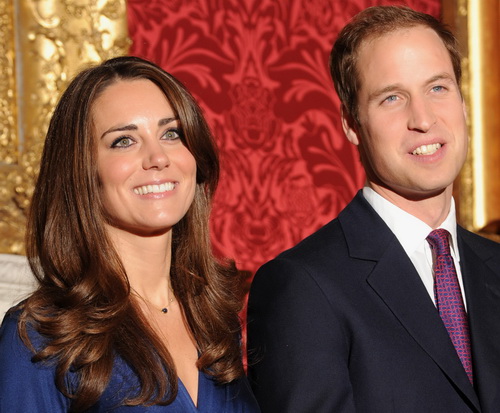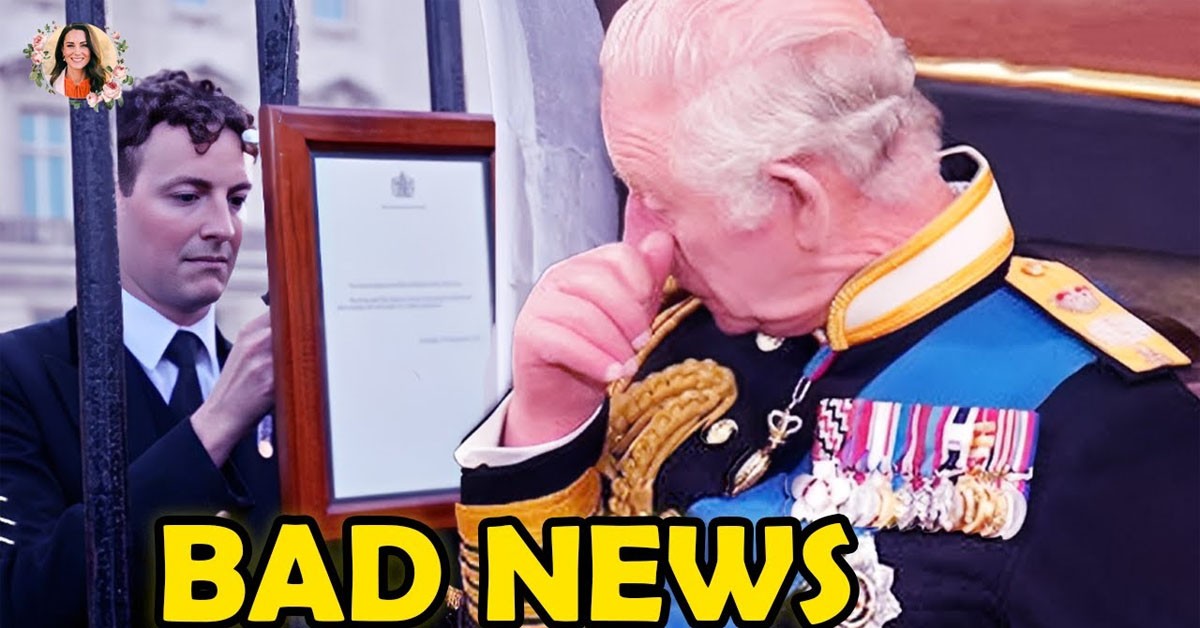On August 10, 2025, Buckingham Palace released a press statement that jolted the nation. King Charles III's declaration of stepping back from active royal duties was unexpected and unprecedented. Unlike a formal abdication, he referred to his decision as a retirement from state responsibilities, a move that has not been seen in modern British history The tone of the announcement drew parallels to Edward VII's crisis in 1936, yet without the legal implications of abdication. This voluntary retirement, while still capable of fulfilling his duties, raises questions about the monarchy's future and its operational dynamics.

The announcement was met with immediate speculation. Was this decision purely voluntary, or were there underlying health issues, particularly following the exile of Camilla in July 2025? Palace insiders have remained tight-lipped, which has only fueled theories among journalists and royal watchers. While the public perceives this as a sudden decision, insiders suggest it was the upturn of a long process influenced by Charles's declining health. Reports indicate that since late 2024, his public appearances had significantly decreased, and he began private treatments for an unspecified cancer earlier in 2025.
Just days before the public announcement, a pivotal family meeting took place at Sandringham House. Attended by key members of the royal family, including Prince William, Princess Catherine, and the Archbishop of Canterbury, this summit was crucial in finalizing the transition of duties. For Princess Catherine, this meeting held historic significance. She was briefed on her new constitutional roles, making her the first Princess of Wales to be entrusted with state prerogatives before her coronation. This change signifies a shift towards a more active role in governance for her.

British constitutional law lacks a clear retirement clause for a sitting monarch, prompting King Charles III to invoke the Regency Acts. This legislation, designed for incapacitated sovereigns, allows him to delegate royal powers to Prince William without formal abdicating. Under this arrangement, William assumed the title of Prince Regent, a rare designation in British history. Catherine was elevated to regent consort, enabling her to act alongside William in constitutional matters, thus placing her at the core of state governance.

